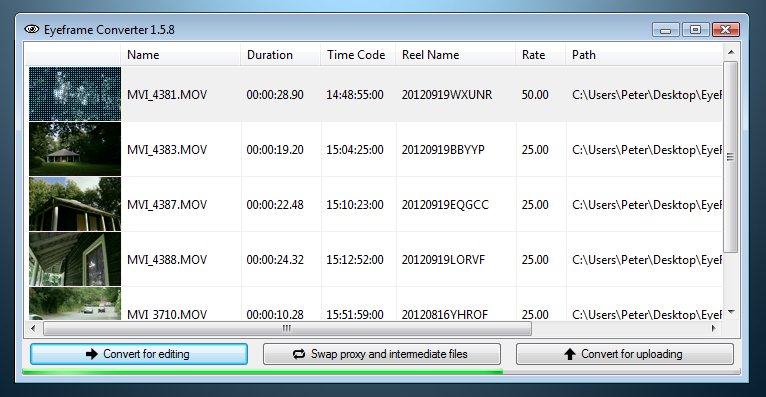

16-bit colors need 2 bytes of information per pixel, 24-bit need 3 bytes. If you use 8-bit colors, each pixel has to store 8 bits of information (equivalent to 1 byte). The higher the color depth, the bigger the data size of every pixel. In addition to a less-than-optimal experience for viewers, noise and grain in video content add an underlying movement that reduces the ability of a compression codec to achieve efficient compression for transmission or Blu-ray/DVD production. If you choose to have a 16-bit color depth, you can encode 2¹⁶, that is 4096 different colors. For example, in 8-bit color depth, each pixel can have one of 2⁸ = 256 colors. This phrase means nothing else than the number of bits used to indicate the color of each pixel. Secondly, the frame size depends on the color depth. Each pixel is a piece of data to be saved thus, the better the resolution, the bigger the frame size.

Resolution is usually expressed as the number of pixels in the horizontal and vertical dimensions. The data size of such an image depends on several parameters.įirst of all, the size of a frame is connected with the resolution - the number of pixels that can be displayed. A video frame is one of many images that the whole "moving picture" is comprised of.


 0 kommentar(er)
0 kommentar(er)
